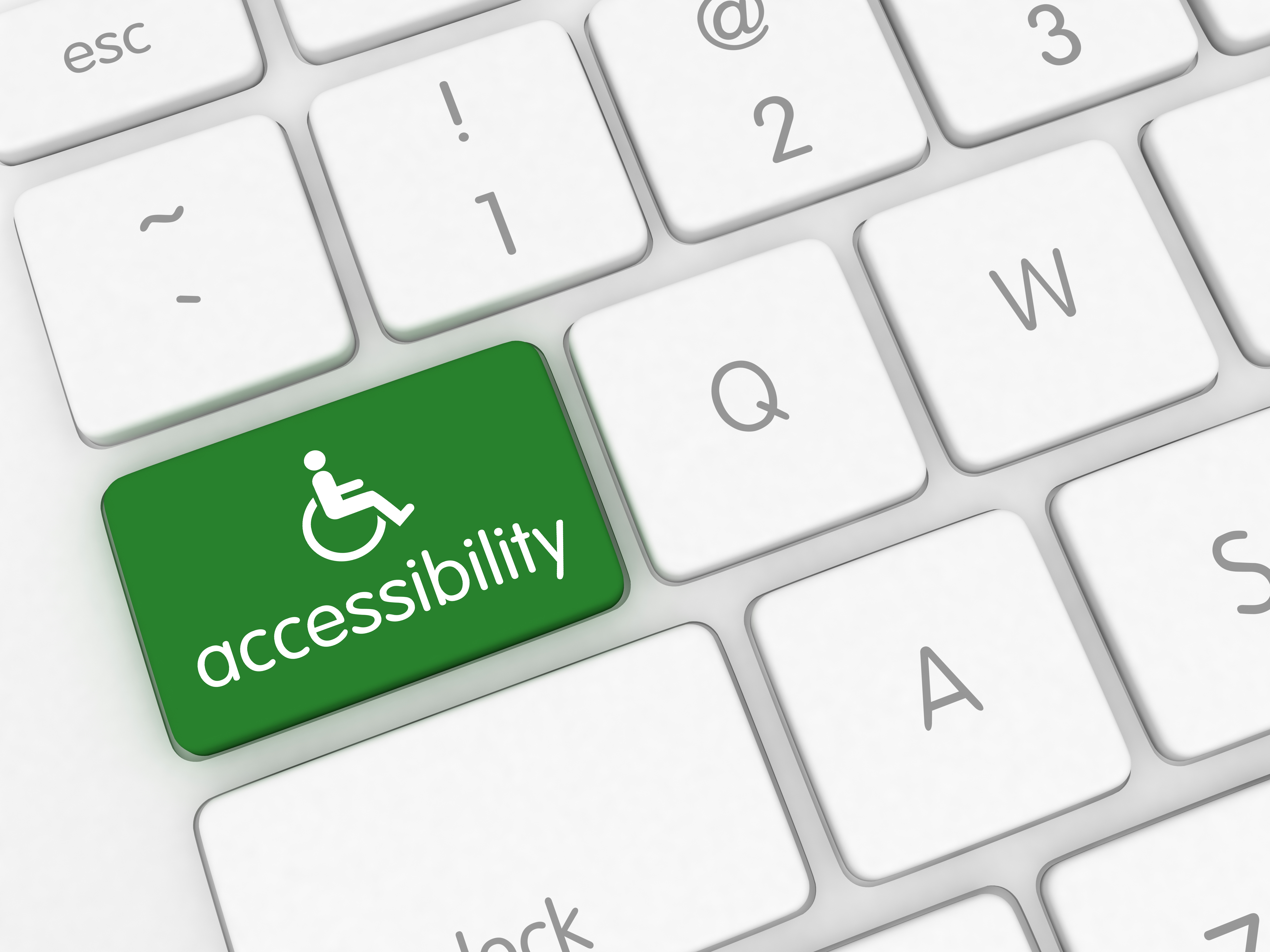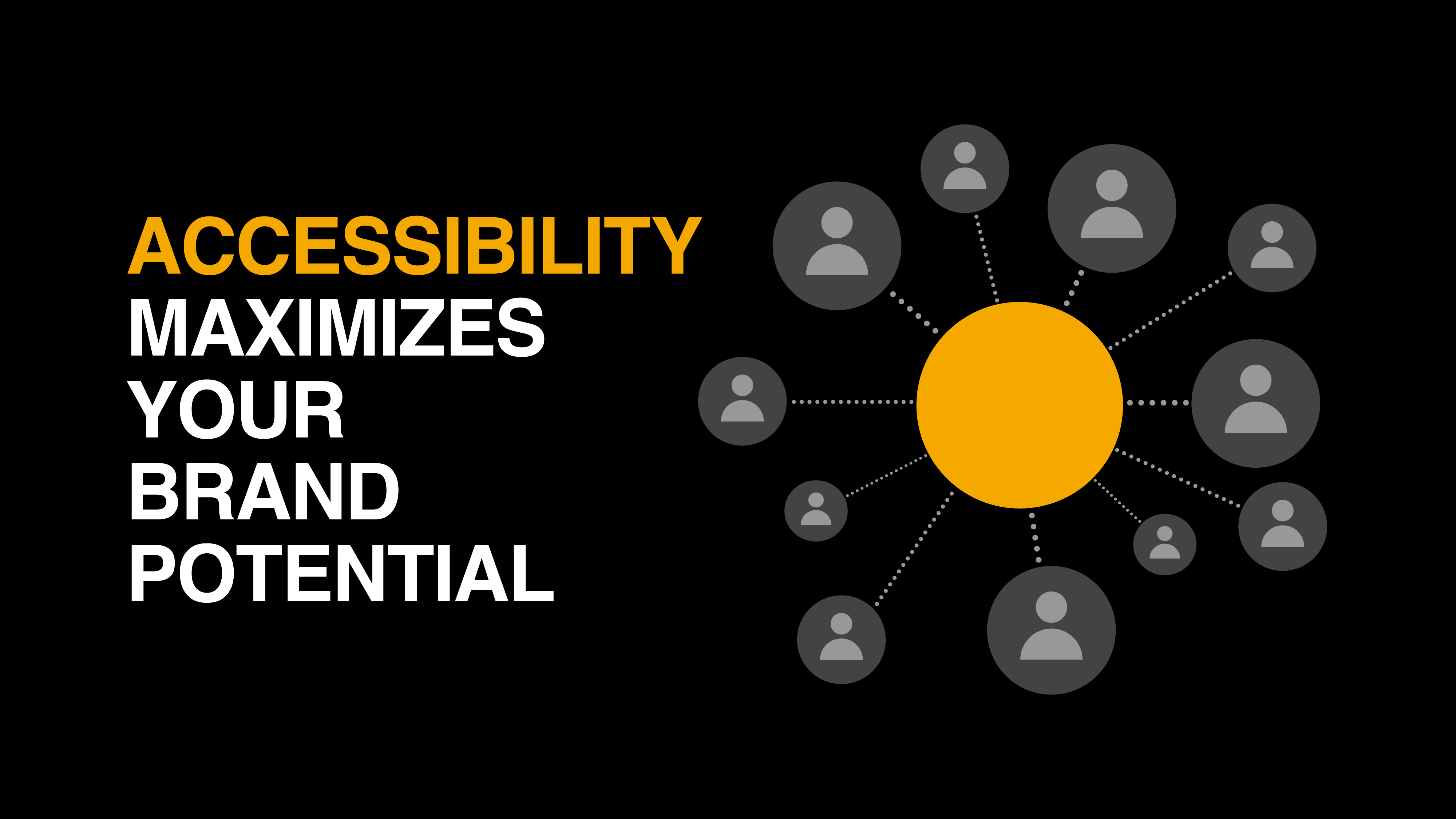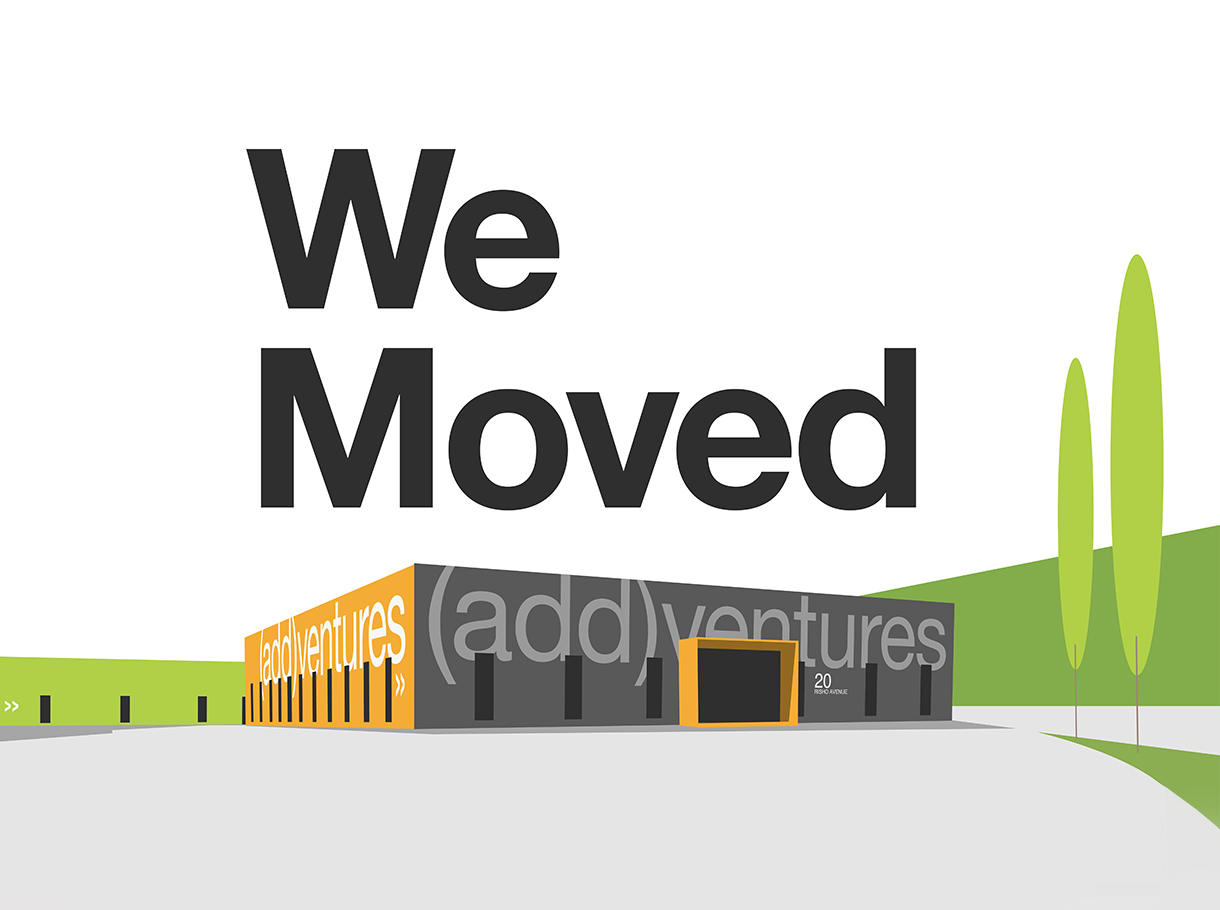Our mindset around accessibility.
Designing for inclusivity: Learn how we’re taking steps to embrace accessibility is in every part of our process.
Yesterday may have been Global Accessibility Awareness Day (GAAD), but we use every day as a stepping stone in our journey towards inclusive design. Our leadership teams are working diligently to ensure that inclusivity and accessibility are ingrained into each of our disciplines and the work we do.
More than ramps and entrances
When most people hear about accessibility related to the American Disabilities Act (ADA), they think of requirements and laws around making buildings and facilities more accessible to all individuals. However, accessibility means much more than physical design and infrastructure. It also extends to access to both digital and print materials, and services as well.
The Department of Justice considers Web Content Accessibility Guidelines (WCAG 2.1 Level A/AA) as the legal standard for digital accessibility.
These guidelines ensure that digital materials such as websites, banner ads, emails and document PDFs are created so that people with disabilities can make use of them as effectively as people without a disability.
There are legal implications for not abiding by these guidelines, but at (add)ventures, it’s more than just minimizing legal risk. It’s about supporting real people who deserve to experience content in the same way as anyone else.
Our approach to accessibility
Our focus on inclusivity and accessibility in digital and non-digital design runs deep into our processes. It is not a last-minute add-on.
We have developed four pillars around accessibility:
People – our people are our power. That’s why we are investing in training and development, including online programs, in-person workshops, and onboarding techniques.
Culture – we are instilling an inclusive design mindset utilizing ADA ambassadors throughout the company. We want our (add)venturists and client partners to look at accessibility as a design opportunity, rather than a design constraint. Great design and accessibility can and should go hand in hand.
Guidelines – we are constantly learning and applying the WCAG guidelines to the work we do in each of our disciplines. We also know that not all of our client partner’s brands are the same and nuanced guideline interpretation is needed to accomplish individualized levels of accessibility.
Tools – we have embedded a collection of tools into our creative, production and quality assurance workflows to help with choosing colors, testing contrast, and ensuring engineering is done in a way that properly addresses the consumption of digital information by users with screen readers and/or non-mouse navigation. We see the benefit of utilizing tools, but also realize these automated programs are unable to find all errors related to guideline adherence. That’s why we are using a combination of automated tools and manual processes in our workflow.
There are over 40 million people in the United States with a disability. That doesn’t even begin to cover the hundreds of millions globally. We find it necessary to make accessibility a priority so that our work for our clients is being understood and experienced by everyone.
For us, it’s about more than reducing risk, it’s the right thing to do.


